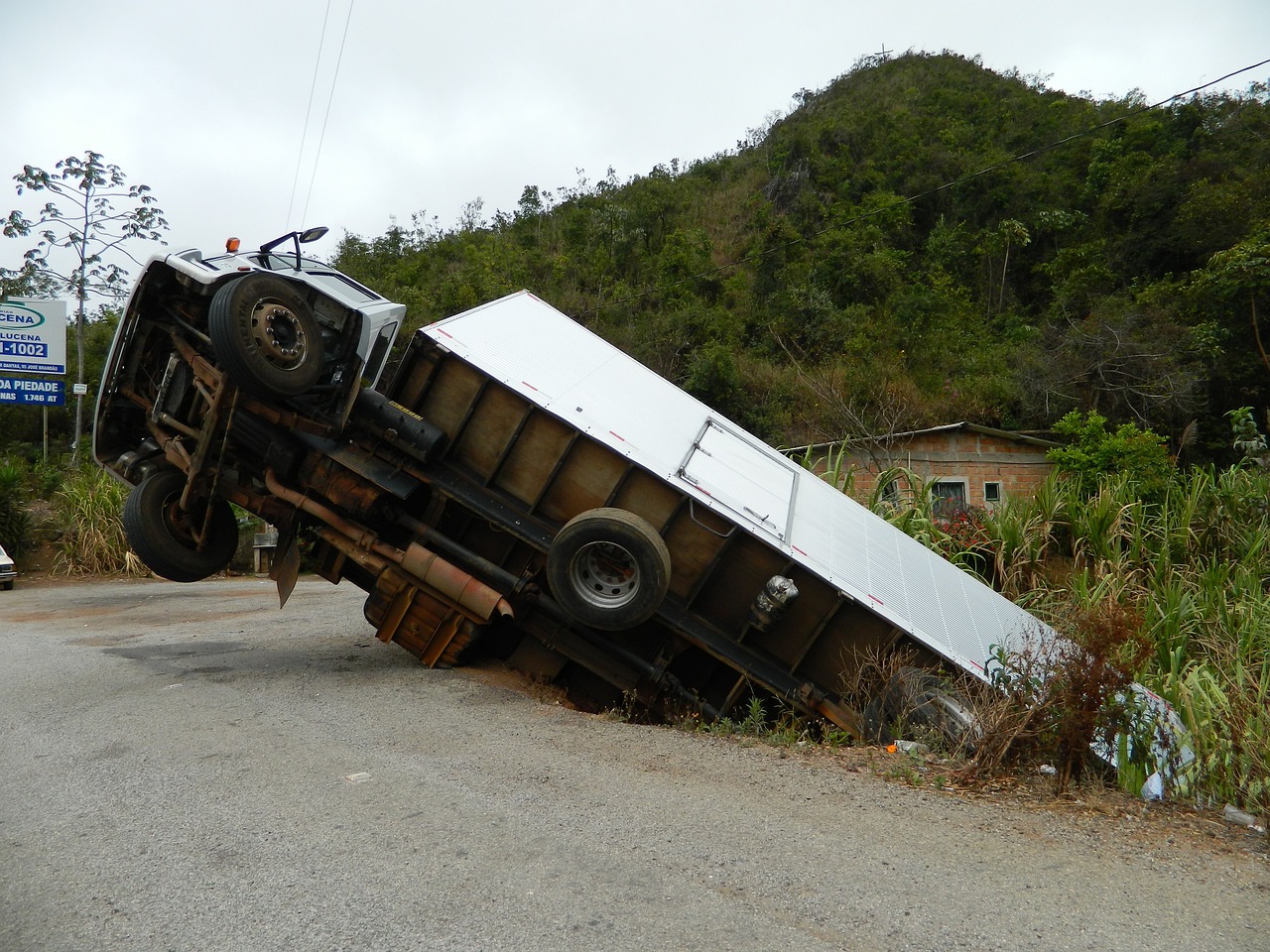Comparative Fault in Truck Accident Cases: Shared Liability Explained
Truck accidents can be truly horror and devastating, resulting in severe injuries and sometimes casualties, along with unavoidable financial burdens for all parties involved. Sometimes, more than one party is to blame for the accident. In such cases, comparative fault laws come into play to determine how liability is shared among the parties involved. Comparative fault is a legal principle that instantly applies when two or more parties share liability in an accident. This article will explain how comparative fault works in truck accident cases and explain the concept of shared liability. Let’s get started.
Proportionate Fault
Proportionate fault, also known as comparative negligence, is a key principle in determining liability in truck accident cases. This concept acknowledges that multiple parties may share responsibility for an accident to varying degrees. For example, if a truck driver was speeding but the other driver ran a red light, both parties may be deemed partially at fault. In proportionate fault states, each party’s level of responsibility is assessed and assigned a percentage. The damages awarded are then reduced based on the individual’s degree of fault. This means that even if you were partially responsible for the accident, you may still be entitled to compensation proportional to your level of blame. Understanding proportionate fault can impact the outcome of a truck accident case significantly. It highlights the importance of establishing clear evidence and arguments to support your position regarding liability in order to maximize potential compensation recovery.


Contributory Negligence
Imagine you’re driving down the road, minding your own business, when suddenly a truck swerves into your lane. In the aftermath of the accident, it’s determined that both parties may have played a role in causing the collision. This is where contributory negligence comes into action. Contributory negligence refers to situations where both the plaintiff and defendant are considered at fault for an incident. In truck accident cases, this could mean that while the truck driver was primarily responsible for failing to signal before changing lanes, you, as the other driver, may have been speeding slightly over the limit.
In these instances, each party’s level of fault will be further assessed and factored into any potential compensation awarded. Understanding shared liability is crucial in truck accident cases. Navigating shared liability issues requires expertise and experience. That’s why it’s a must to reach out to a truck accident attorney and consult with them to help you secure your rights and understand your options moving forward.
Joint and Several Liability
In truck accident cases, joint and several liability can come into play when multiple parties are found responsible for the incident. This legal concept allows the injured party to seek compensation from one or more defendants, regardless of each party’s percentage of fault. For example, if a truck driver and their employer both contributed to causing an accident, the injured party may be able to hold either or both parties accountable for damages. This can be beneficial for the victim as it increases the chances of receiving full compensation.
However, joint and several liability also means that a defendant found partially at fault could end up bearing a much larger share of the financial responsibility if other liable parties are unable to pay their share. So, you need to ensure that all involved parties understand their potential obligations under these circumstances. The bottom line is that being informed about comparative fault in truck accidents is essential. By seeking proper legal guidance, you can navigate these complex matters with confidence and protect your interests during challenging times.

